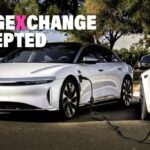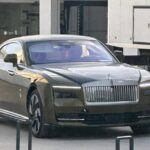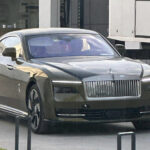Technology is becoming increasingly crucial in the development of new car models. Alongside autonomous driving and safety features, today’s new cars are equipped with a variety of advanced technologies that make driving easier and more enjoyable. Here is a list of some of the most technologically advanced car models available today.
According to Carbuzz, the Mercedes-Maybach GLS utilizes technology to provide a luxurious experience for both the driver and rear-seat passengers unlike any other.
When seated in the rear, passengers are treated to top-of-the-line amenities such as heating, ventilation, reclining, and not less than six different massage modes. Even the armrests of this luxury SUV model offer heating functions.
Other convenient features of the Mercedes-Maybach GLS include a cup holder with hot/cold function, a cabin fragrance system, a 27-speaker Burmester 3D sound system with Dolby Atmos, and a 7-inch tablet dedicated to rear-seat passengers.
Additionally, the Mercedes-Maybach GLS features E-Active Body Control, which scans the road ahead using airborne cameras. Depending on the road conditions, the SUV automatically adjusts the speed of the springs, damping, and balance at each corner to provide the most comfortable driving experience possible.
Ever since the release of the BMW 7 Series/i7, front-seat headrest screens have become popular. The BMW 7 Series/i7 is often referred to as a “mobile cinema” due to its inclusion of a Theatre Screen measuring up to 31 inches specifically for rear-seat passengers. When activated, this screen gently descends from the ceiling while the side curtains and rear window simultaneously close.
The Theatre Screen on the BMW 7 Series/i7 is not only large but also offers an 8K resolution and the ability to display aspect ratios of 16:9, 21:9, or 32:9—similar to a cinema. The ability to stream videos via Amazon Fire TV or other sources from the extremely comfortable rear seats of a BMW is something that was never before seen in the brand’s previous models. To provide users with a true movie theater experience, BMW has incorporated a 36-speaker Bowers & Wilkins Diamond surround sound system with 4D vibrations sent to the headrests.
However, the new 7 Series and i7 electric models offer much more than just a “mobile cinema.” These two models also include a new interactive strip on the control panel with a crystalline surface structure—an element both futuristic in design and functional in acting as an interface. It can change colors to represent different functions.
Furthermore, the BMW 7 Series/i7 can park itself in tight spaces by memorizing the necessary operations, it boasts LED Panoramic Sky Lounge overhead lighting, a digital control panel that is integrated into the rear doors, and an improved voice assistant that can respond to commands from rear-seat passengers.
It’s no surprise that Rolls-Royce made it onto this list. Like their combustion-powered models, the Rolls-Royce Spectre comes packed with advanced features and meticulous construction. According to Carbuzz, the Spectre is the most aerodynamically advanced car ever built by Rolls-Royce.
The all-aluminum body of the Spectre provides 30% greater stiffness compared to any previous luxury vehicle from the brand. To ensure the renowned smooth ride, the Spectre boasts a Planar suspension system that can separate the anti-roll bars, allowing each wheel to work independently. Eighteen sensors work together to monitor cornering and keep the car balanced while reducing collisions.
When entering the cabin, users are greeted by 4,796 “stars.” Virtually everything that users touch is powered, heated, or damped to perfection. The Spectre features 141,200 send/receive functions and a cable system that extends over four miles to ensure flawless operation of all of its technologies.
4. Lucid Air
According to Carbuzz, the Lucid Air has outperformed its competitors in terms of speed and charging range. The Lucid Air is equipped with a curved 34-inch “Glass Cockpit” screen. This 5k-resolution screen is divided into three different areas. The left side features light controls, wiper stalks, and defrosters. The center houses the digital instrument cluster. The third section is focused on infotainment features, including navigation, communication, and connectivity, as well as support for the Amazon Alexa virtual assistant, Android Auto, and Apple CarPlay. Users can also access services such as Spotify and iHeartRadio.
Currently, the Lucid Air is one of the fastest-charging electric vehicles on the market, with a maximum charge rate of 300 kW. Thanks to its 900V+ charging architecture, it is possible to add up to 482km of driving range in just 20 minutes. Overall, the total driving range of this model surpasses 804km, leading the industry.
Another notable feature of the Lucid Air is its DreamDrive autonomous driving system. DreamDrive relies on a total of 32 sensors, including ultrasonic sensors, radar sensors, 18 cameras, solid-state LiDAR sensors, and driver attention cameras.
5. Volvo EX90
Like Lucid, Volvo has made significant investments in autonomous driving technology, and the EX90 exemplifies this commitment. The Volvo EX90 features a “safe body” equipped with a LiDAR sensor on the roof. This sensor system includes five radars, eight cameras, and 16 ultrasonic sensors.
Volvo states that the LiDAR system is developed by Luminar, an American technology company. The system can detect small objects both during the day and at night, at a range of up to 250m, even at highway speeds. This range far exceeds the detection range of commonly used LiDAR systems.
The Volvo EX90 also boasts a comprehensive suite of modern technology inside the cabin. This includes a 14.5-inch center infotainment system integrated with Google, allowing for seamless integration of Google Assistant, Google Maps navigation, and various apps from the Google Play Store. Moreover, the system supports wireless Apple CarPlay.
TT (Tuoitrethudo)





























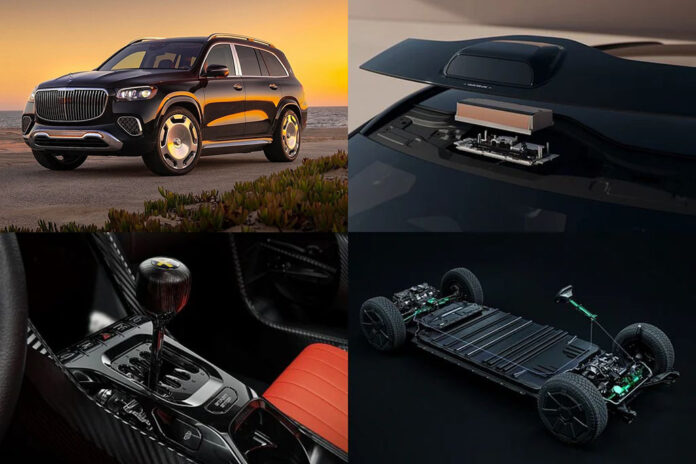


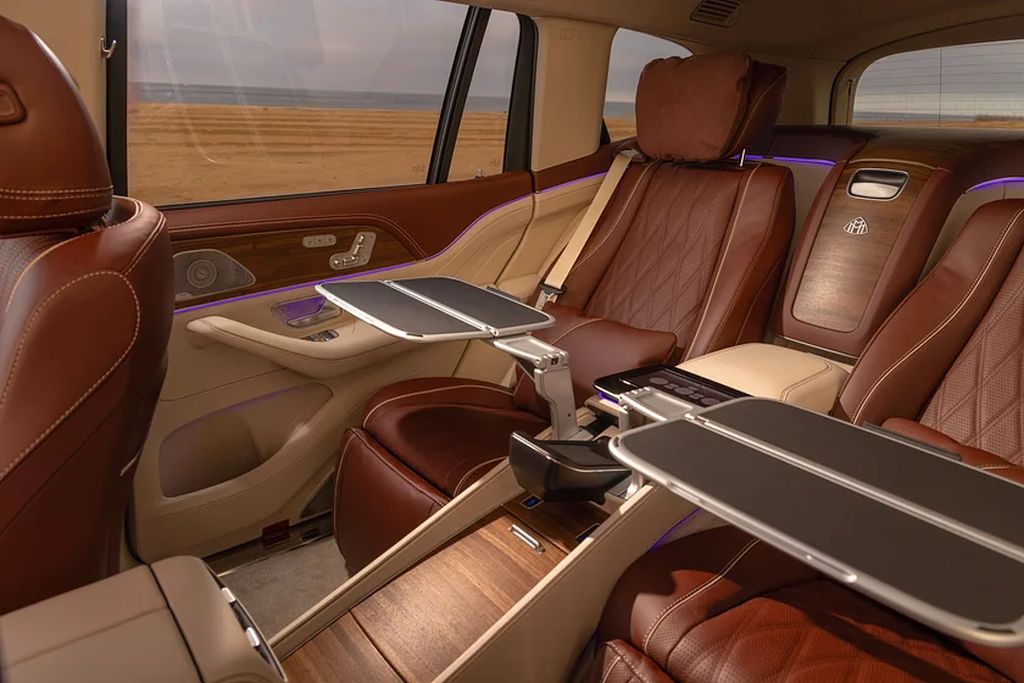
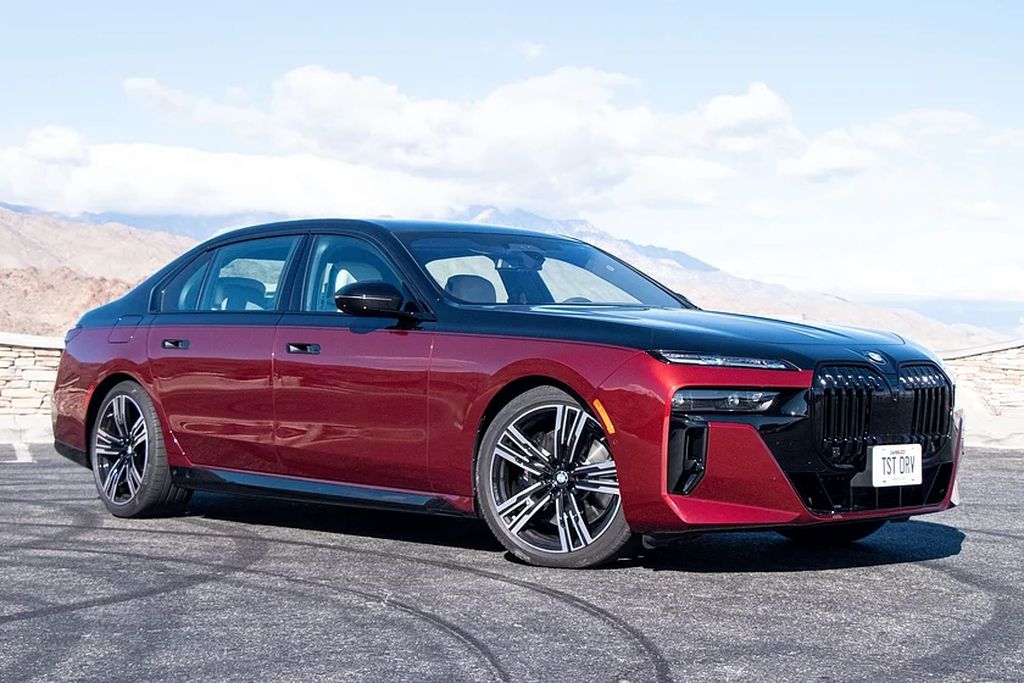
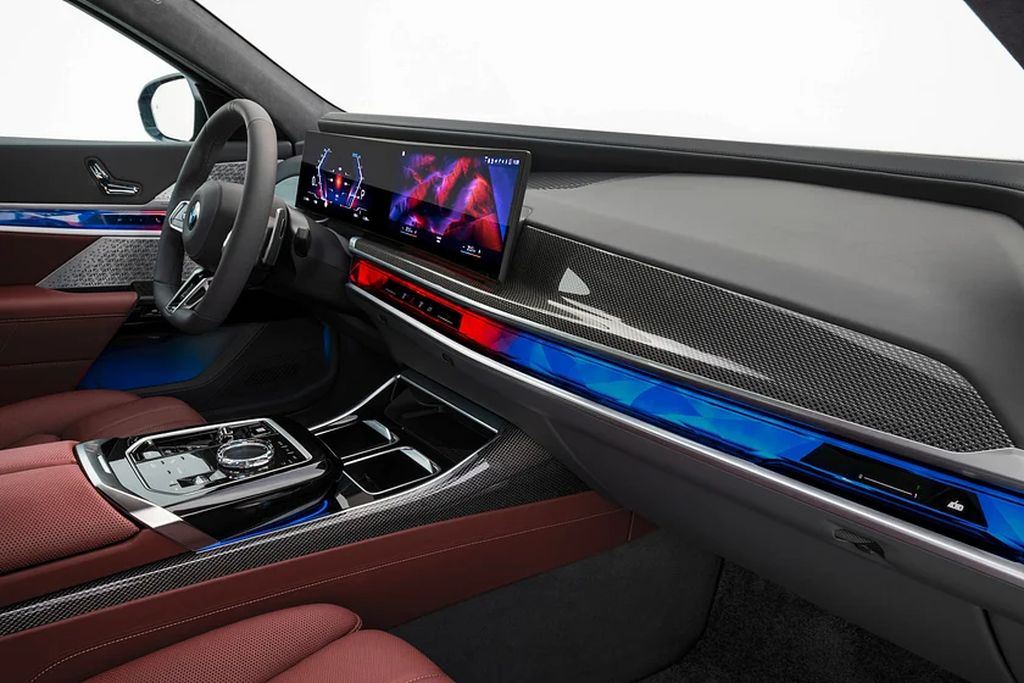

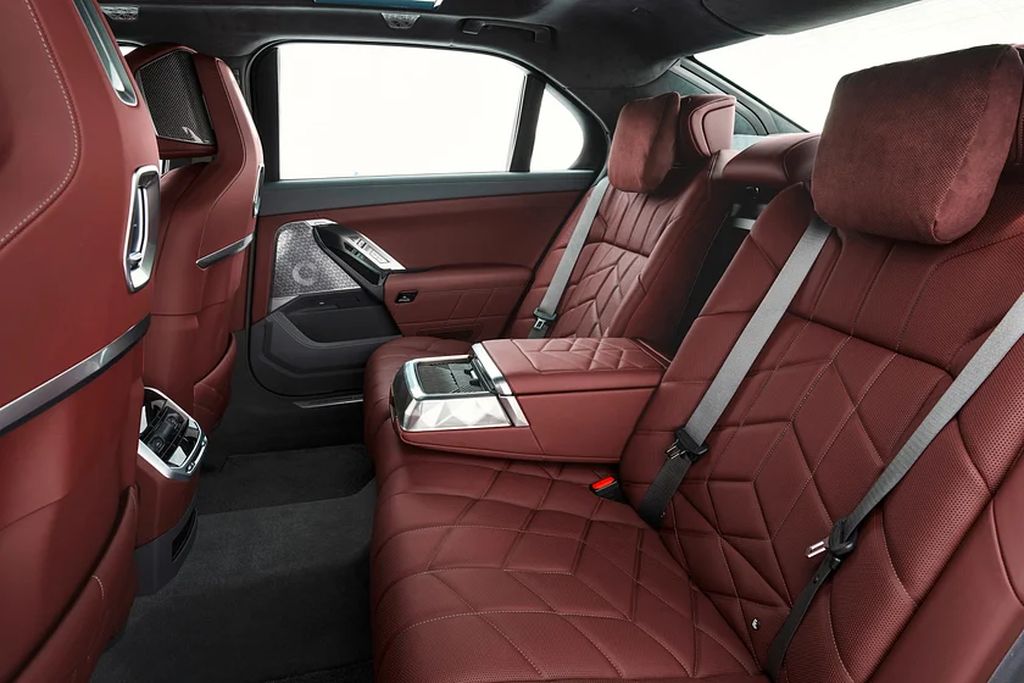

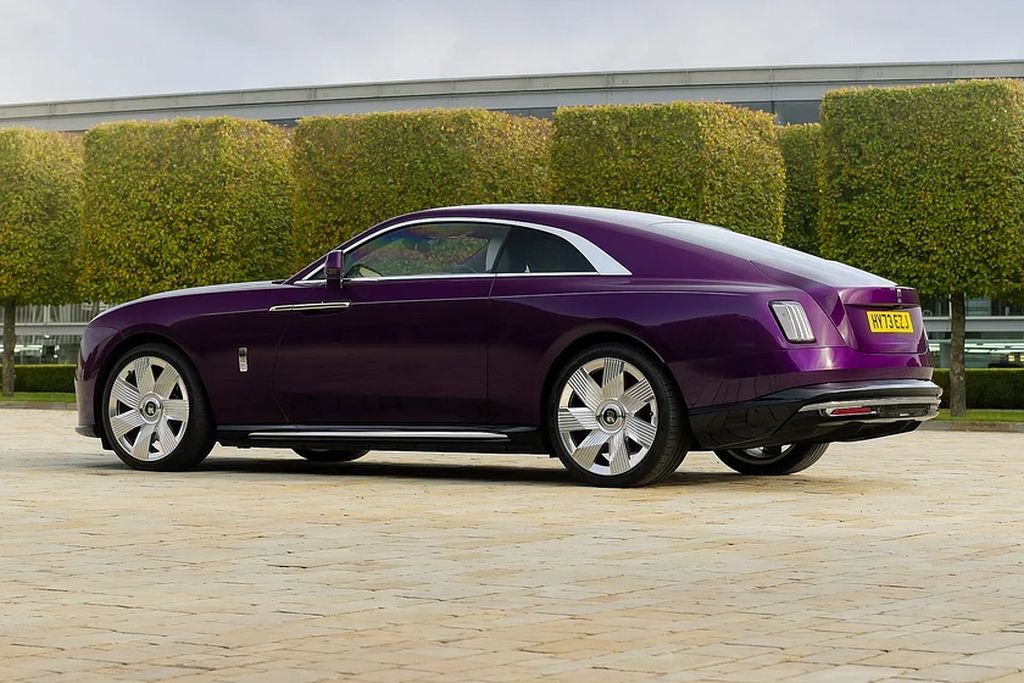
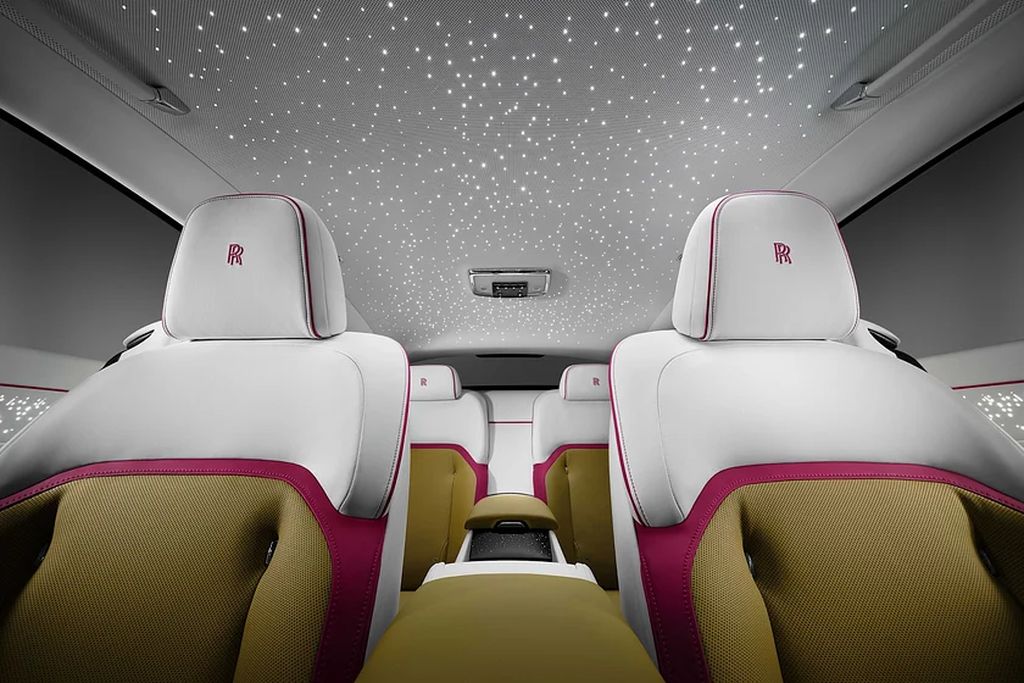

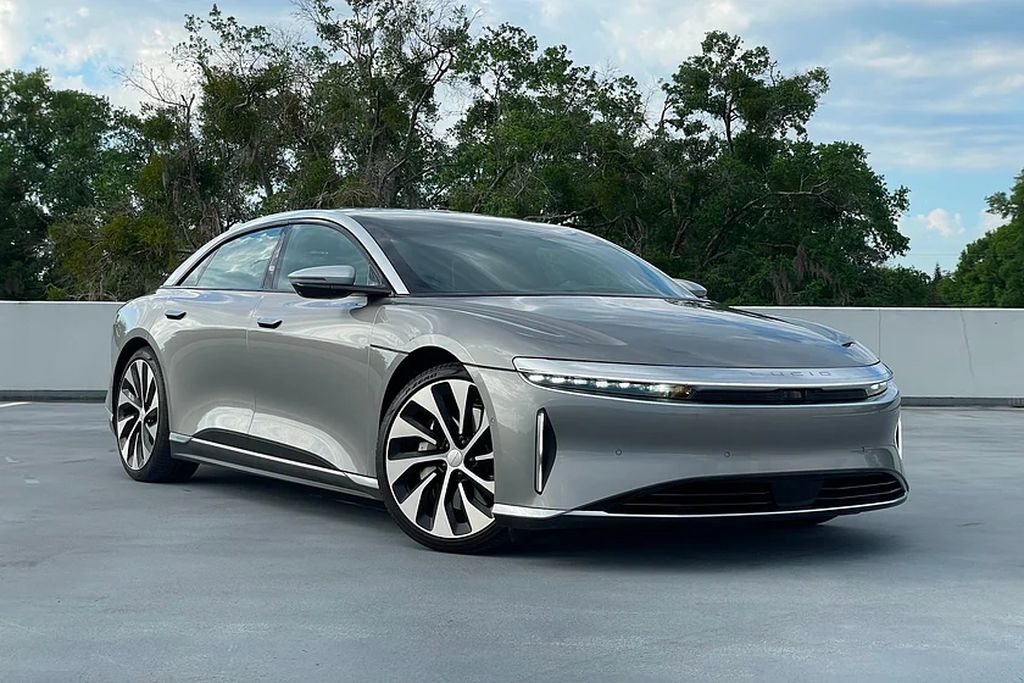

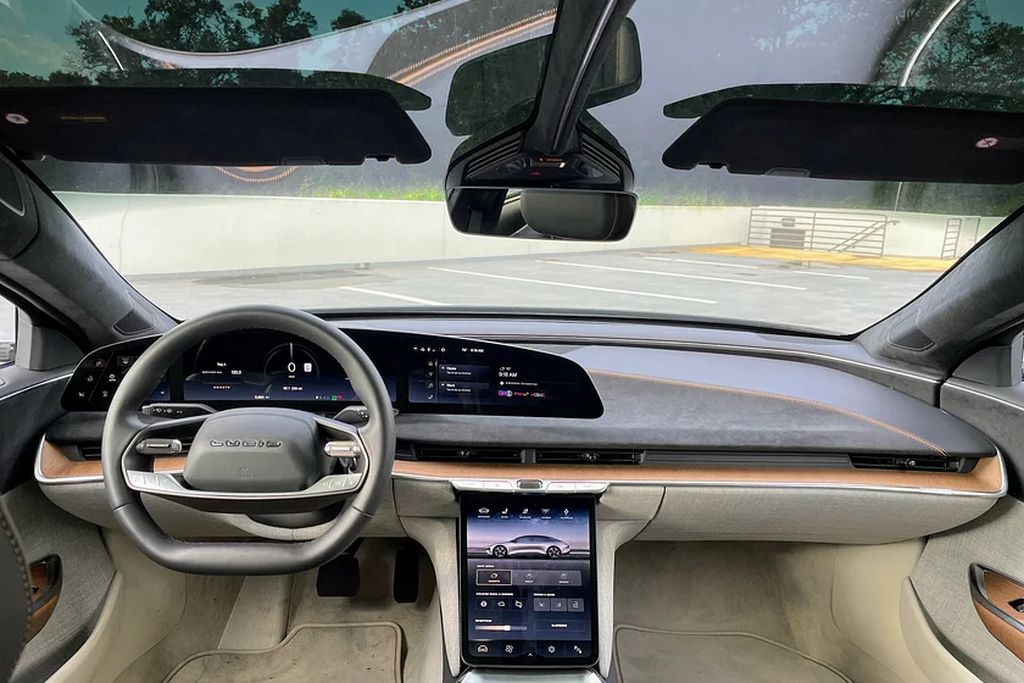
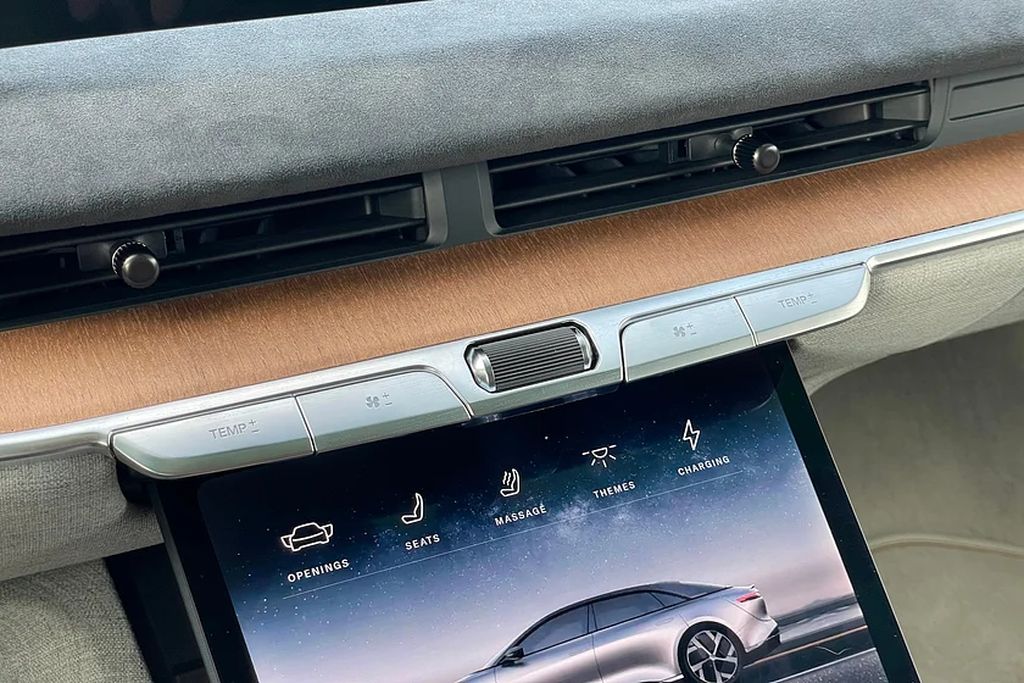
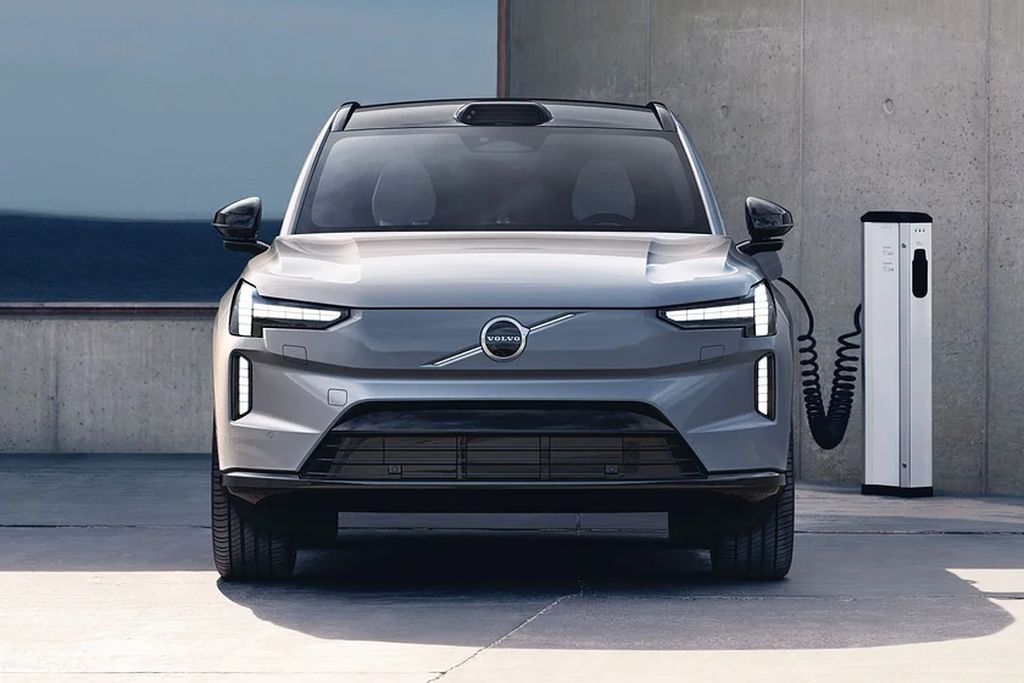

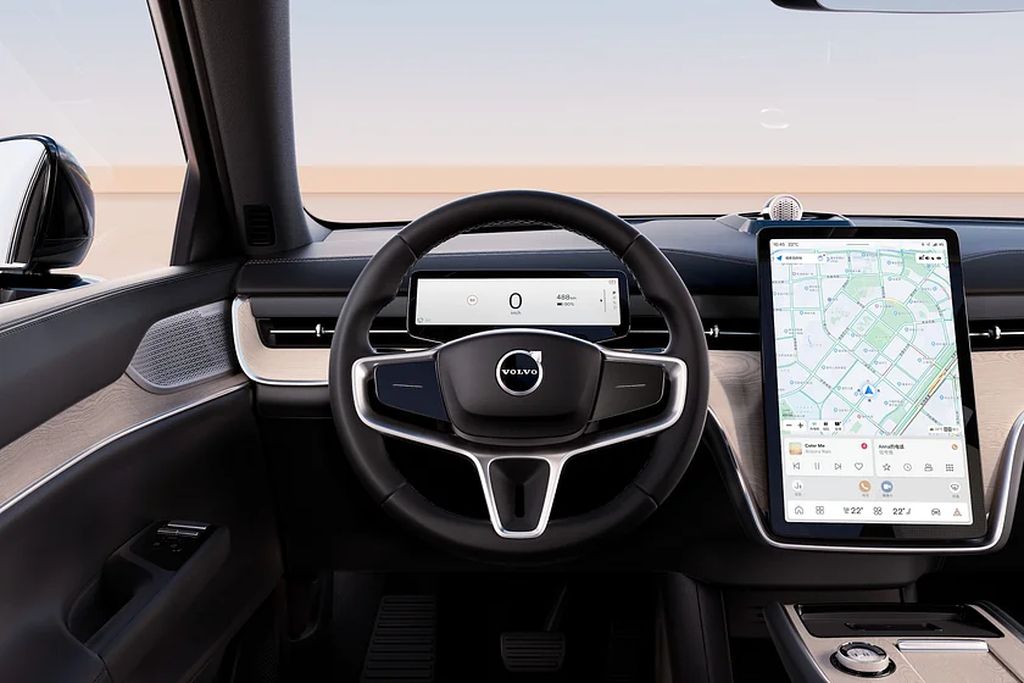
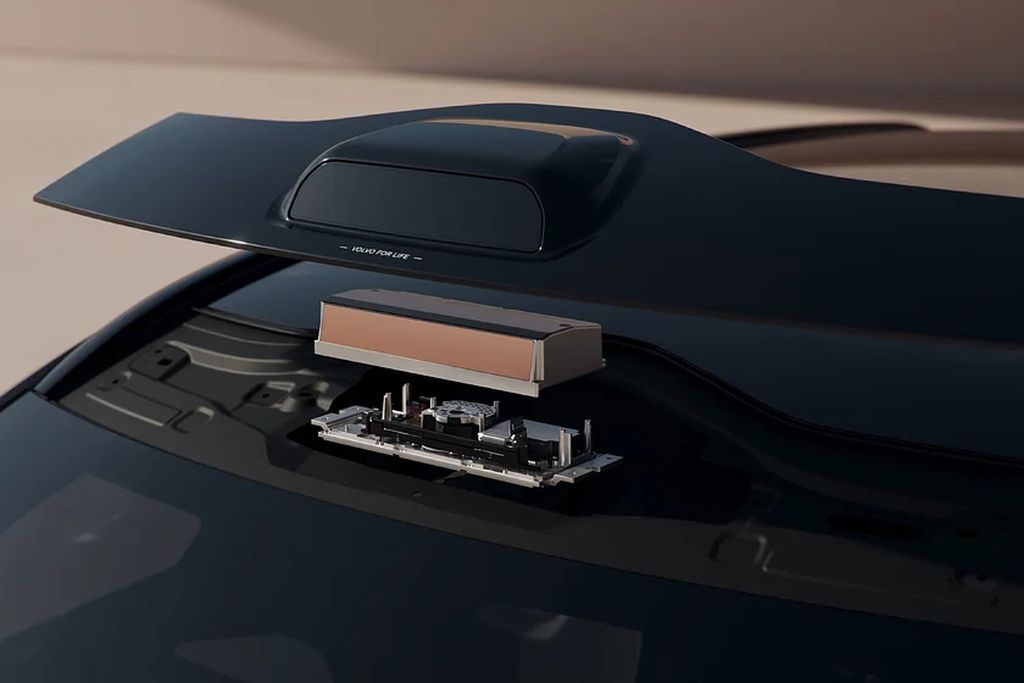
![[CAR REVIEW] Rolls-Royce Spectre: A Symphony of Luxury](https://vnauto.net/wp-content/uploads/2023/10/xehay-rrspectre-30082023-1-150x150.jpg)
